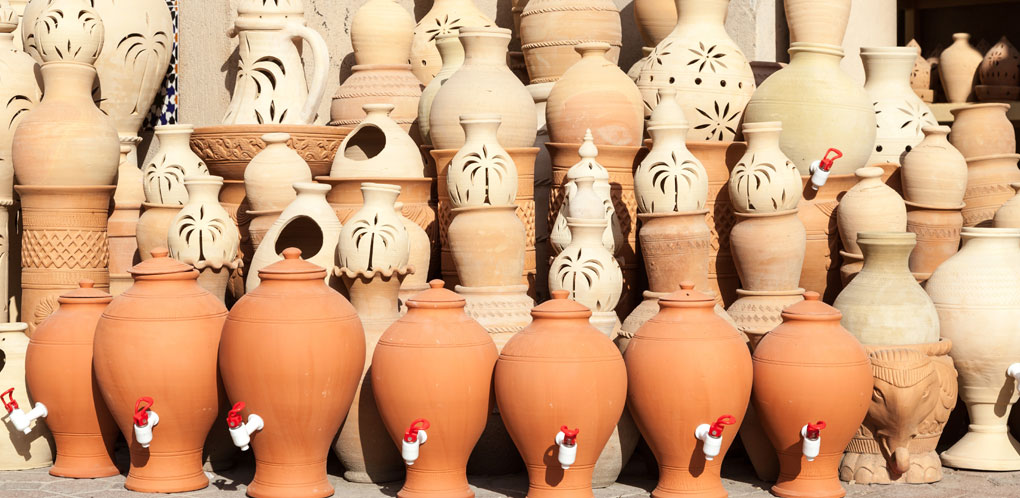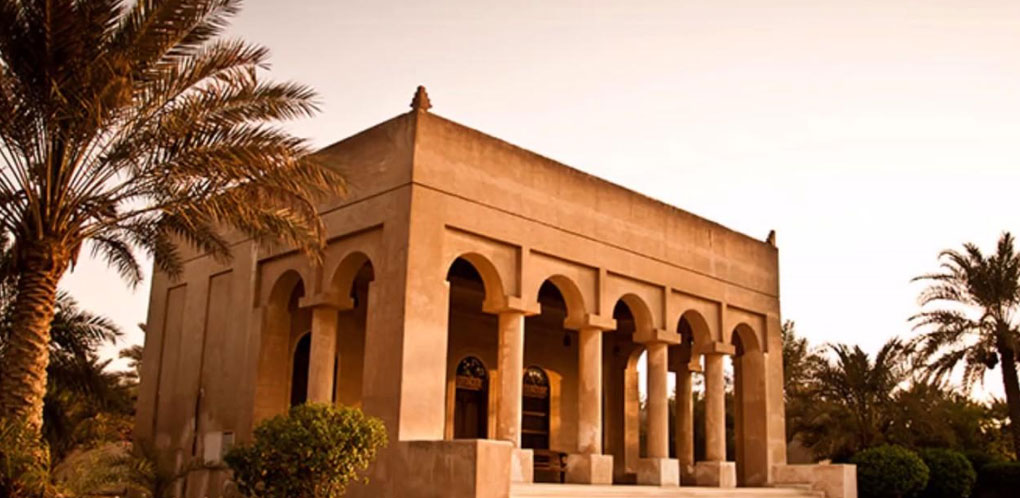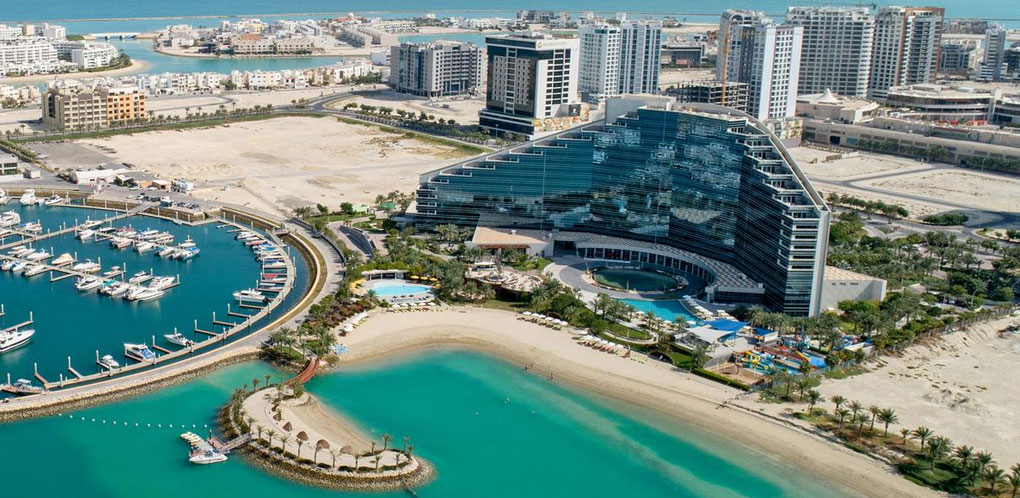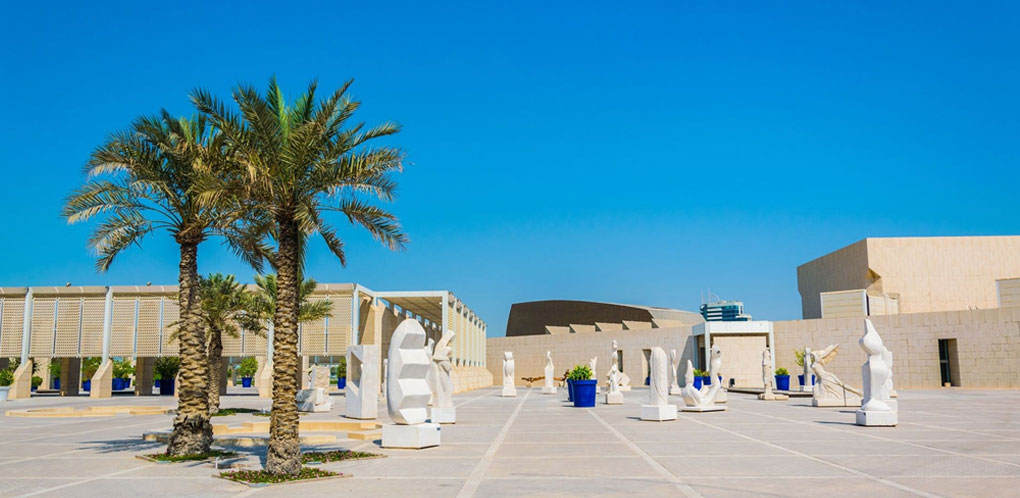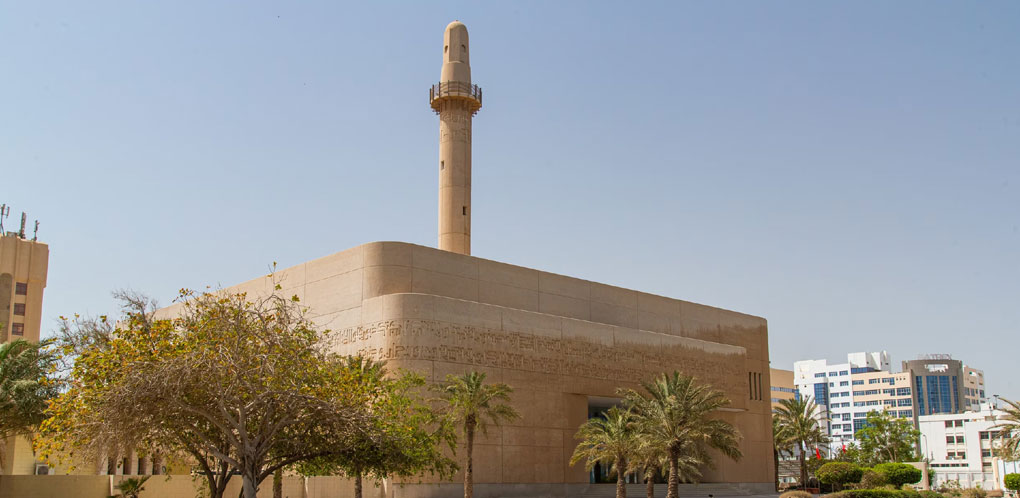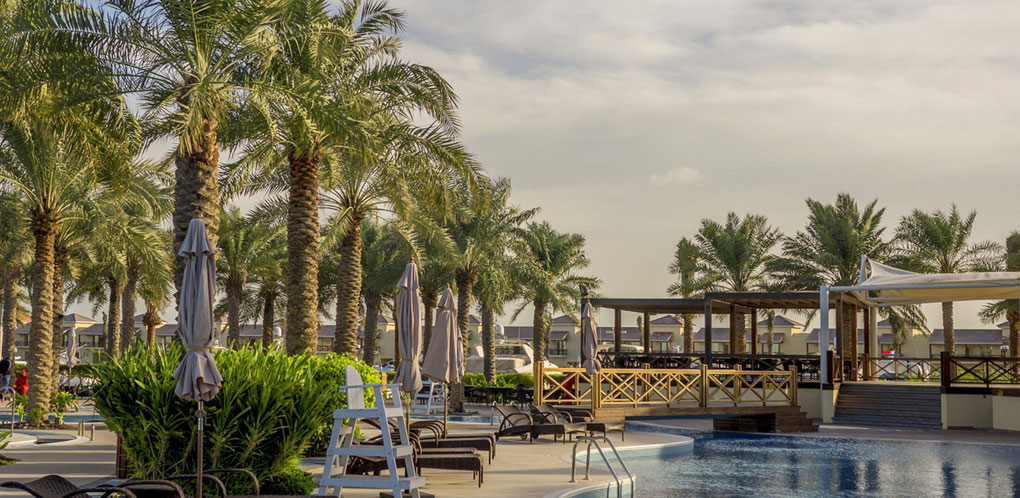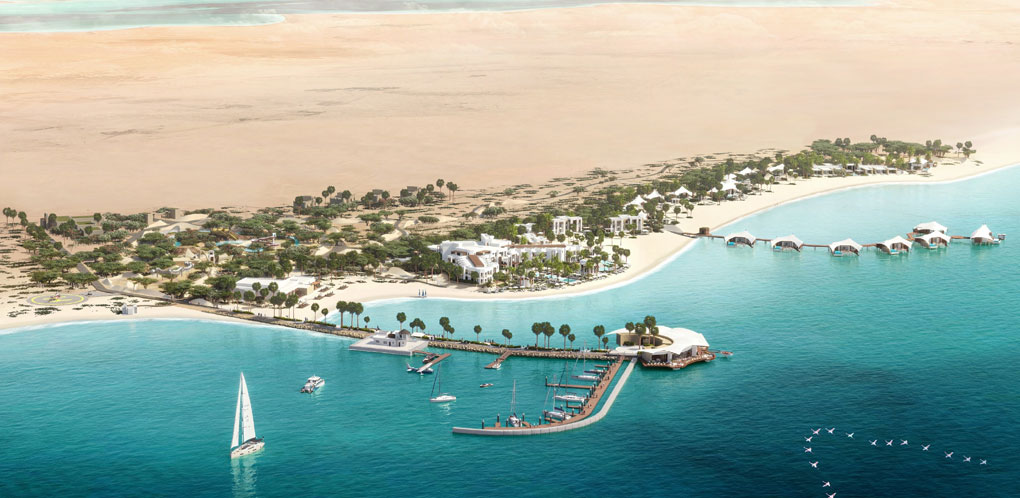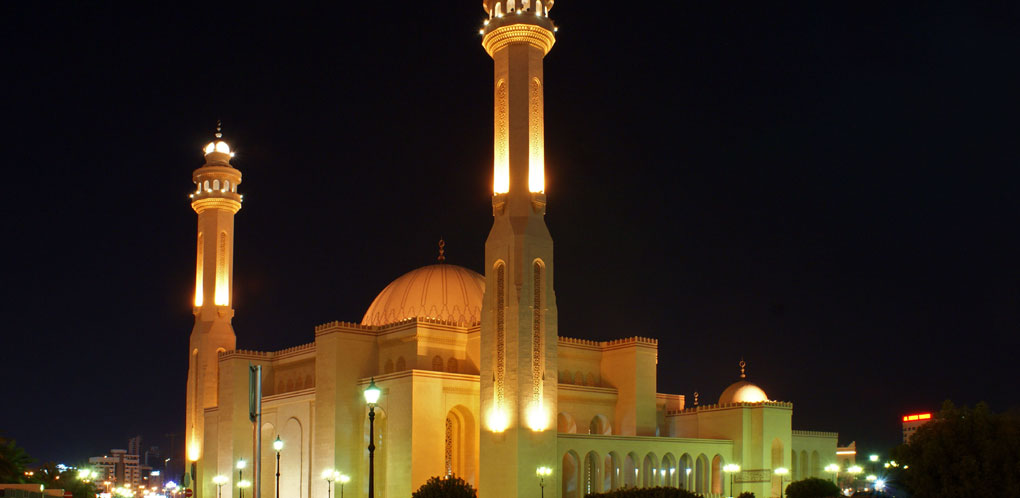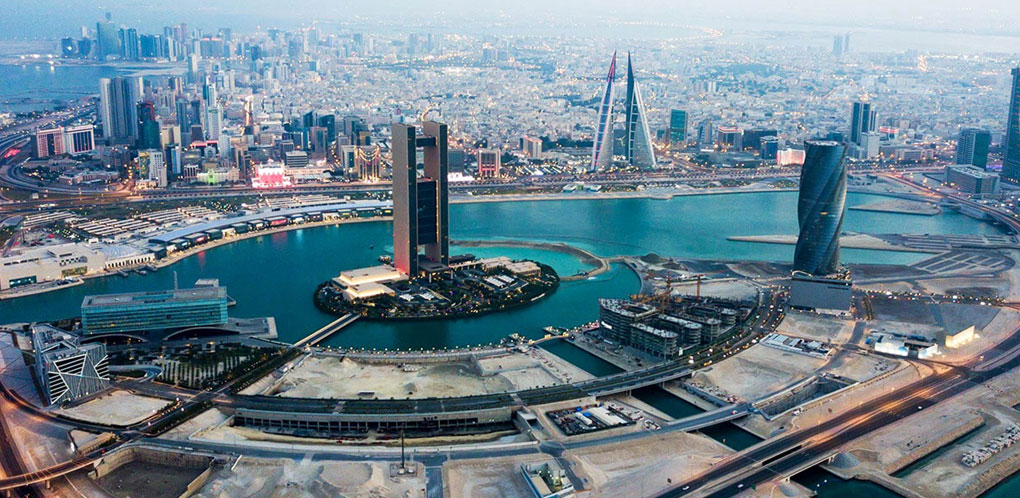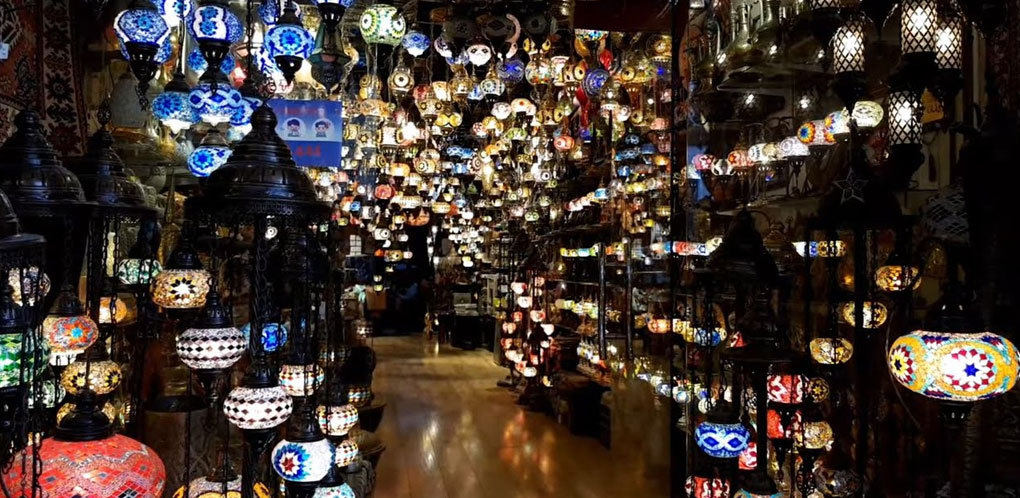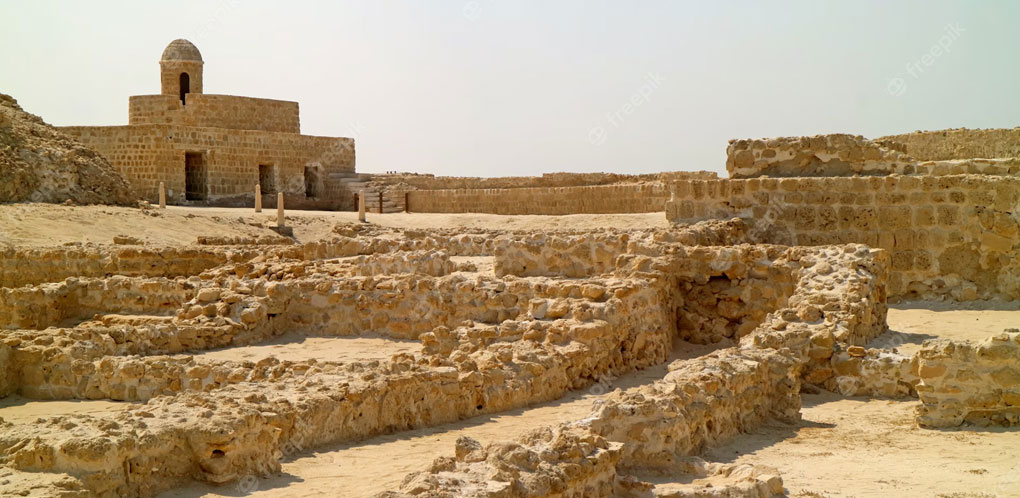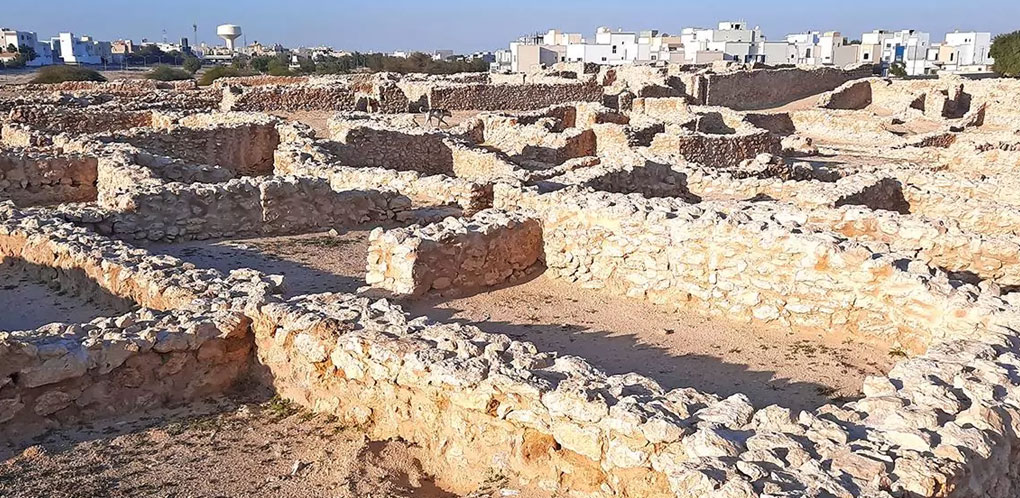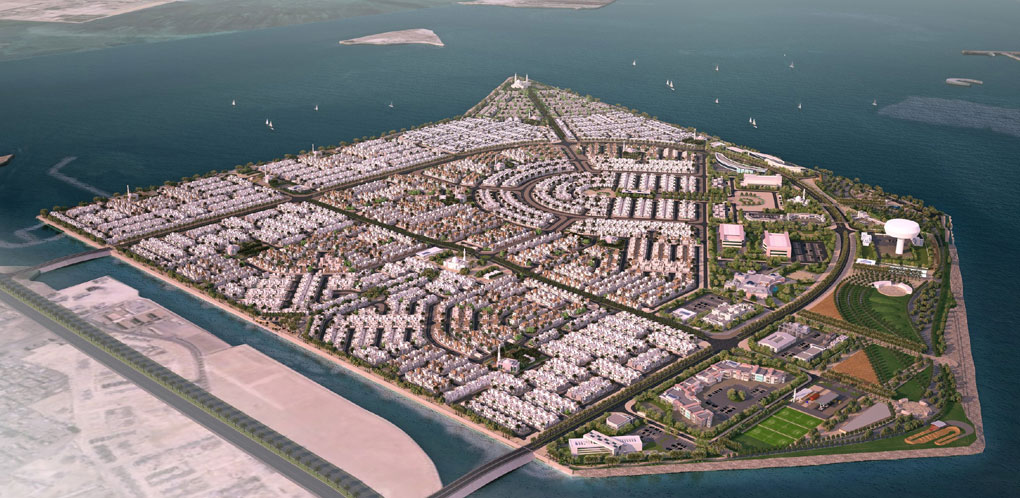
Muharraq
Muharraq is Bahrain’s third largest city and served as its capital until 1932 when it was replaced by Manama.
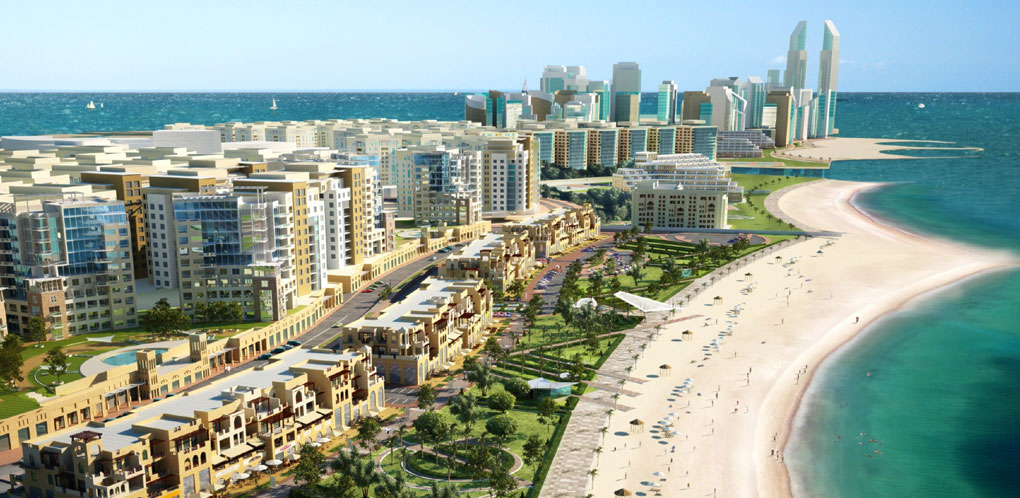
Muharraq has long been considered as the second town of Bahrain.
History of Muharraq
Located on Muharraq Island, Bahrain’s historical heart beats within the city of Muharraq. This vibrant urban center is not only steeped in ancient lore but also boasts modern marvels like the Bahrain International Airport, making it a bustling hub of activity.
Adjacent to Muharraq lie the man-made Amwaj Islands, renowned for their towering structures, luxurious hotels, and pristine beaches, offering residents and visitors alike a taste of paradise.
Muharraq’s rich history traces back to its origins as part of Dilmun, an ancient Semitic-speaking polity. Over the centuries, it evolved into the city of Arwad on the island of Tylos, believed by some to be the birthplace of Phoenicia. During Persian rule, Muharraq was a center of pagan worship, with the cult of the shark god, Awal, holding sway over the city’s seafaring inhabitants.
By the 5th century AD, Muharraq had emerged as a thriving center of Nestorian Christianity, providing refuge to followers fleeing persecution from the Byzantine Empire. The legacy of this Christian influence is evident in the names of Muharraq’s villages, such as Al-Dair, meaning “the monastery,” and Qalali, signifying “monk’s cloisters.”
Throughout its storied past, Muharraq witnessed the ebb and flow of various powers, including Portuguese and Persian dominions, before ultimately coming under the control of the Al Khalīfah dynasty in 1783, alongside the rest of Bahrain.
Today, Muharraq stands as a vibrant tapestry of tradition and modernity, where ancient landmarks coexist harmoniously with contemporary amenities. Whether exploring its historical sites or indulging in its vibrant cultural scene, Muharraq offers a captivating glimpse into Bahrain’s rich heritage and promising future. Welcome to Muharraq – where history comes alive amidst the pulse of progress.

